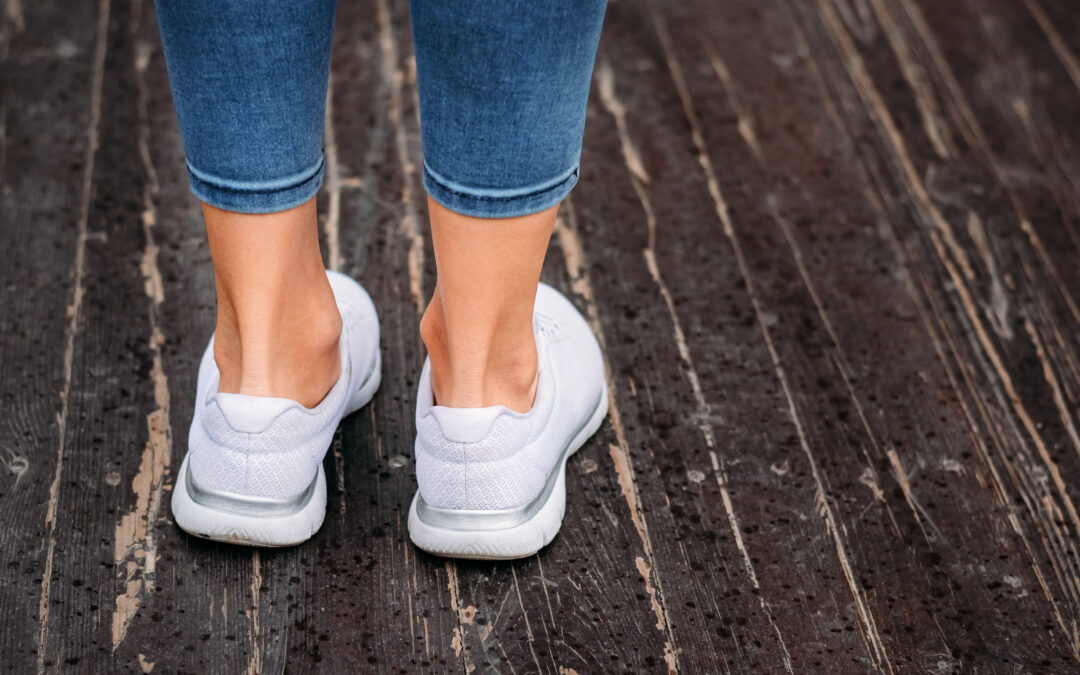Our feet are the foundation of our body, yet they often bear the brunt of neglect and improper care. From blisters to bunions, foot problems can affect individuals of all ages and lifestyles. In this article, we’ll explore common foot issues such as blisters, bunions, plantar fasciitis, and corns, discuss how shoe selection can impact foot health and provide expert advice on preventive measures, proper footwear choices, and exercises for maintaining optimal foot health.
Identifying Common Foot Problems
- Blisters:
Blisters are fluid-filled sacs that develop on the skin, typically caused by friction, pressure, or rubbing. They can occur anywhere on the feet, often resulting from poorly fitted shoes or excessive physical activity.
2. Bunions:
Bunions are bony protrusions that form at the base of the big toe, causing pain, swelling, and deformity. They develop gradually due to factors such as genetic predisposition, tight or narrow footwear, and certain foot activity.
3. Plantar Fasciitis:
Plantar Fasciitis is the inflammation of the plantar fascia ligament, resulting in heel pain and discomfort. It is commonly associated with activities that place repetitive stress on the foot, such as running or standing for extended periods, as well as inadequate footwear support.
4. Corns:
Corns are thickened areas of skin that develop in response to pressure or friction, typically found on the toes or soles of the feet. They can be painful and may result from wearing tight or ill-fitting shoes.
The Impact of Shoe Selection on Foot Health
- Proper Fit and Support:
Choosing shoes that fit properly and provide adequate support is crucial for maintaining foot health. Ill-fitting footwear can contribute to blisters, bunions, and other foot problems. Opt for shoes with a wide toe box, sufficient arch support, and cushioning to reduce pressure and friction.
2. Material and Breathability:
The material of your shoes can also affect foot health. Breathable materials like leather or mesh allow air circulation, preventing moisture buildup and reducing the risk of fungal infections and odor.
3. Activity-Specific Footwear:
Select footwear tailored to the activity or occasion to ensure proper support and protection. For example, choose running shoes with cushioned soles and good shock absorption for jogging, and choose supportive dress shoes with adequate room for the toes for formal occasions.
Expert Advice on Preventive Measures and Foot Health Exercises
- Preventive Measures:
- Gradually break in new shoes to prevent blisters and discomfort.
- Practice good foot hygiene, keeping feet clean and dry to prevent fungal infections.
- Trim toenails straight across to avoid ingrown toenails.
- Wear moisture-wicking socks to keep feet dry during physical activity.
2. Proper Footwear Choices:
- Avoid high heels or narrow shoes that can exacerbate bunions and other foot problems.
- Consider orthotic inserts or custom-made shoes for individuals with specific foot conditions or structural abnormalities.
3. Foot Health Exercises:
- Stretching exercises such as calf stretches, and plantar fascia stretches can improve flexibility and reduce the risk of plantar fasciitis.
- Strengthening exercises like toe curls and ankle rotations can help stabilize the foot and prevent injuries.
Taking proactive steps to prevent common foot problems is essential for maintaining overall foot health and mobility. By selecting appropriate footwear, practicing preventive measures, and incorporating foot health exercises into your routine, you can reduce the risk of developing painful foot conditions and enjoy a more comfortable and active lifestyle. Remember, prioritizing foot health is key to supporting your body’s foundation and overall well-being.


